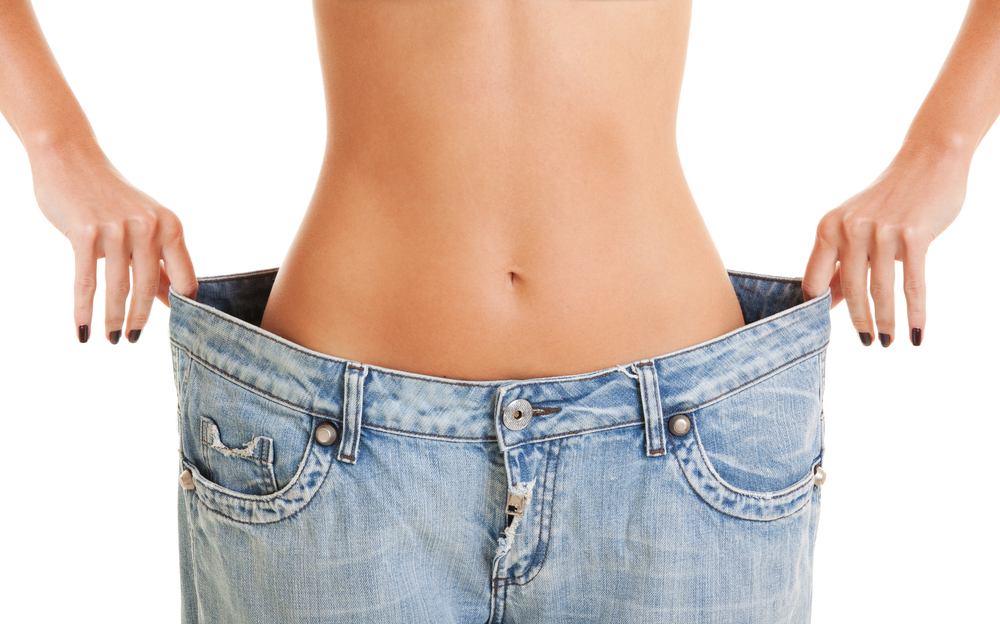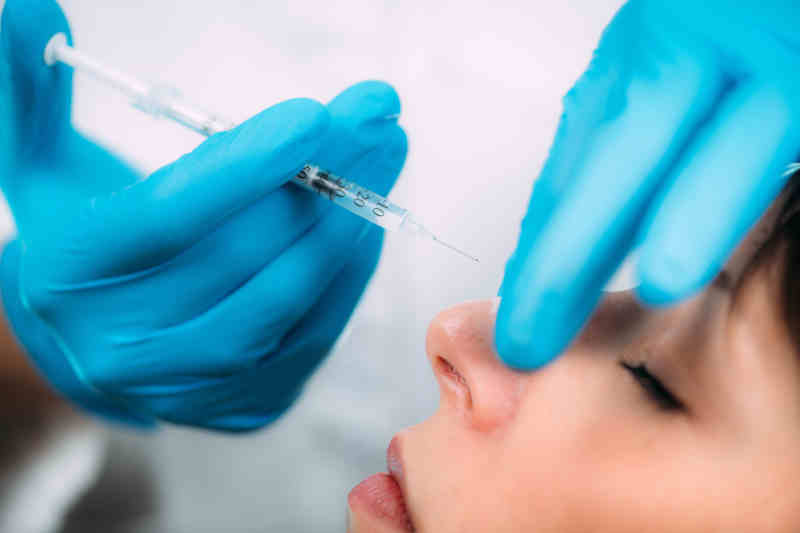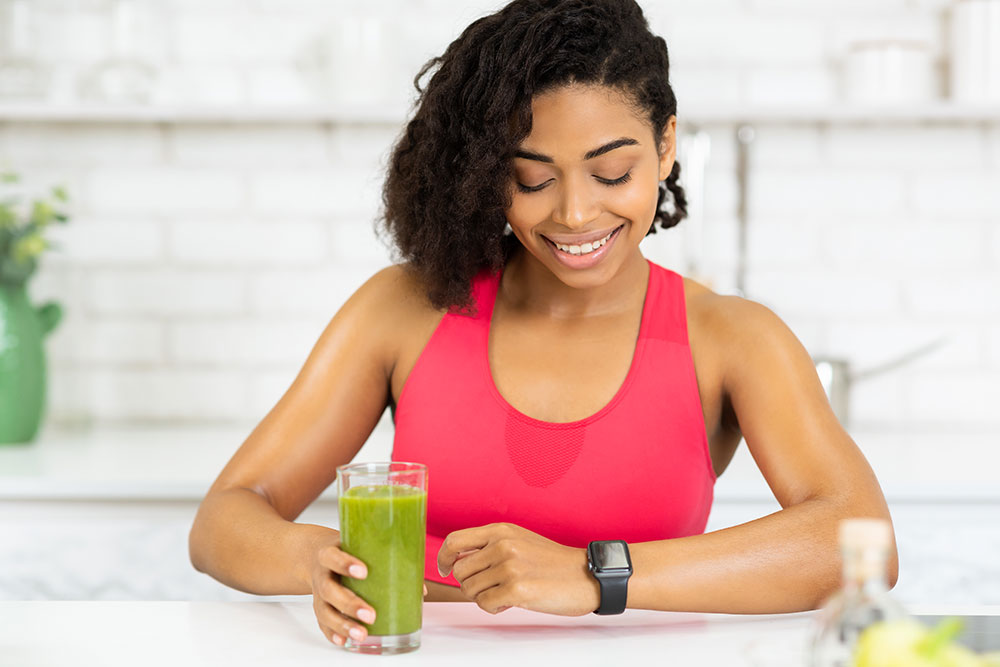A professional plastic surgeon creates personalized post-operative recovery instructions to help them feel comfortable and relaxed during their recovery, no matter what type of plastic surgery procedure a patient chooses to have performed. In addition to prescribing pain medications and recommending herbal supplements, expert plastic surgeons often recommend that patients adopt a healthy, well-balanced diet. By eating foods that are rich in vitamins and minerals, patients will find that they feel better, have more energy, and also have a more positive outlook. In addition, plastic surgeons recommend the following tips to anyone who is considering a cosmetic surgery procedure.
Facelifts are the Most Common Cosmetic Procedures
As cosmetic surgery has changed and grown during the last several decades, one fact has remained constant. The facelift procedure is by and large the most popular plastic surgery option for patients across the country. This fact has held true across the country, and experienced plastic surgeons have long realized that the facelift procedure is one of the most sought-after procedures at their practices. With a commitment to providing his patients with options that work for them, professional board-certified plastic surgeons offer their patients the option of many different types of facelift procedures. Their goal is that every patient has a cosmetic improvement choice that works for them.
The traditional facelift procedure is the most common facelift option, and it has been around for the longest amount of time. The goal of this surgery is to remove excess skin from the face and tighten the facial muscles to restore a look of youth and beauty to the patient. The skin is repositioned by the surgeon so that lines and wrinkles all but disappear, and the patient often looks nearly ten years younger when it is complete.
Other facelift choices for patients include the liquid facelift, which is a non-surgical procedure that uses dermal fillers to achieve the desired results, and the mini facelift, which targets specific problem areas on a patient’s face. Many plastic surgeons have long been known in the industry as innovators and pioneers. Expert surgeons never settle for what is currently available to patients and are always working to develop the next best thing in the industry. Patients love these options because many procedures are shorter with easier recovery, and on top of all of that, the results will last for a significant period of time.

Diet Tips for After a Plastic Surgery
Hydrate, Hydrate, Hydrate
Hydrate, hydrate and hydrate some more. It is vital that patients drink water — and lots of it — in the days immediately following their operation. During the surgery, patients lose a lot of bodily fluids and, therefore, lose a lot of water. Plastic surgeons recommend that patients drink about 64 ounces of water each day after their surgery.
Soft Foods
Have soft foods on hand in case it is difficult to eat. Patients who have facelift or rhinoplasty procedures might find that it is difficult to move their mouth, chew and eat. Soft foods such as pudding, gelatin snacks, soup, and milkshakes are good options. For extra vitamins and nutrients, patients could enjoy mashed sweet potatoes or mashed bananas. It’s important to keep the choices varied, so you don’t get bored of eating the same soft foods over and over again.
Light Foods for Nausea
Keep light foods around, such as crackers, to help battle post-operative nausea. Nausea is a common side effect of any cosmetic surgery procedure, largely because of the anesthesia that is used during the surgery. Professional cosmetic surgeons recommend that patients adopt a light diet when they are experiencing nausea. Crackers, soup, toast, bananas, rice, or apple sauce are all good options for people who are battling nausea.
More Fruits
Increase the amount of fruits you eat on a daily basis. During the recovery process, you will not be as active as you are on a daily basis. Sometimes this can cause constipation, which is uncomfortable and unhealthy. By adding extra fruit servings into your diet, you can help prevent this issue. Good fruits to choose from include peaches, prunes, or pears. In addition, most of these fruits are soft, so they are easy to eat after an operation.

Planning the Recovery Process
No matter what facelift option a patient chooses, they should expect there to be a recovery process. Surgical procedures typically require the patient to recover for 4-7 days, but most patients are able to return to their regular daily lives within a week. Non-surgical procedures such as the liquid facelift do not have an intensive recovery time, but the results of this procedure do not last as long. To find out which facelift is right for you, set up a free consultation today.
Anyone who is considering a cosmetic surgery procedure, whether it’s a rhinoplasty or a facelift, should note that their pre-operative diet is just as important as their post-operative diet. All patients should eat healthy, well-balanced meals in the months leading up to the surgery in order to make sure their body is prepared for the big event. Experienced plastic surgeons recommend that patients stop all fad diets several months before their operation. Instead, patients should choose foods that are rich in lean proteins, vitamins, nutrients, and whole grains. To find out more information about your options for plastic surgery, set up a free cosmetic consultation today.














![The Best Weight Loss Tips [current_date format=’Y’] Best Weight Loss Tips 2021](https://plasticsurgeryace.com/wp-content/uploads/2021/06/Best-Weight-Loss-Tips-2021.jpg)

